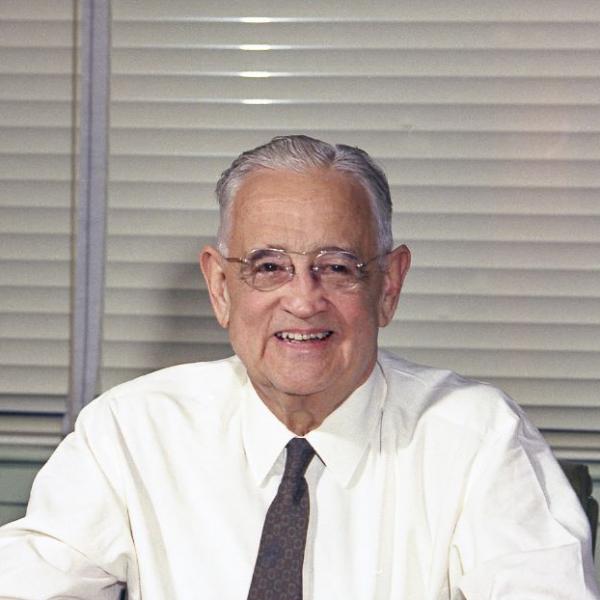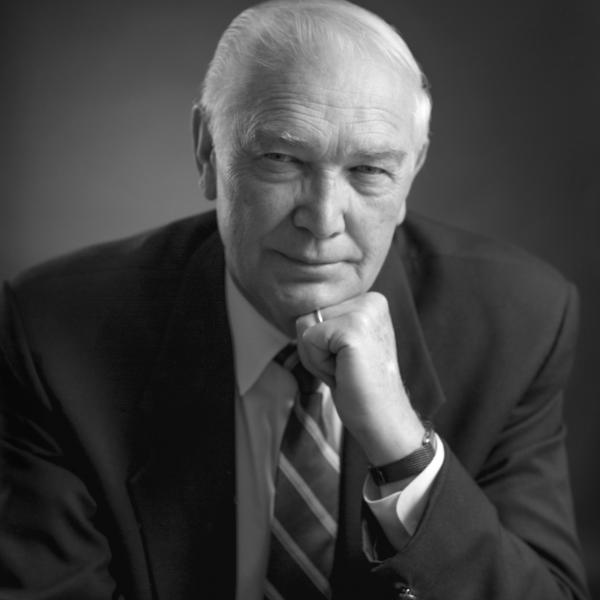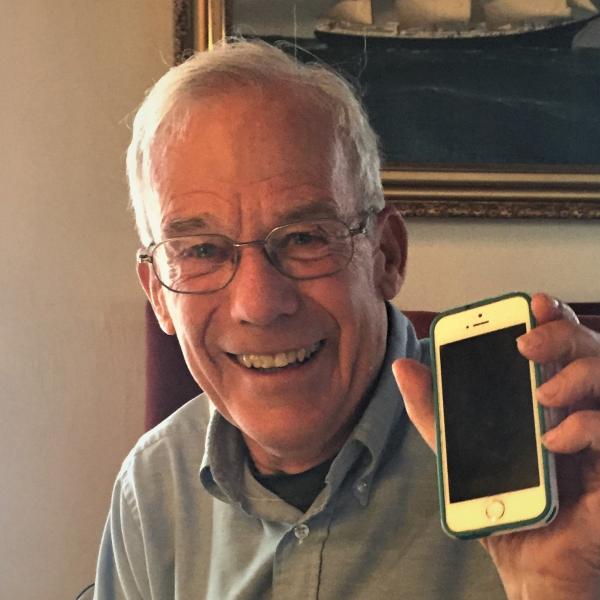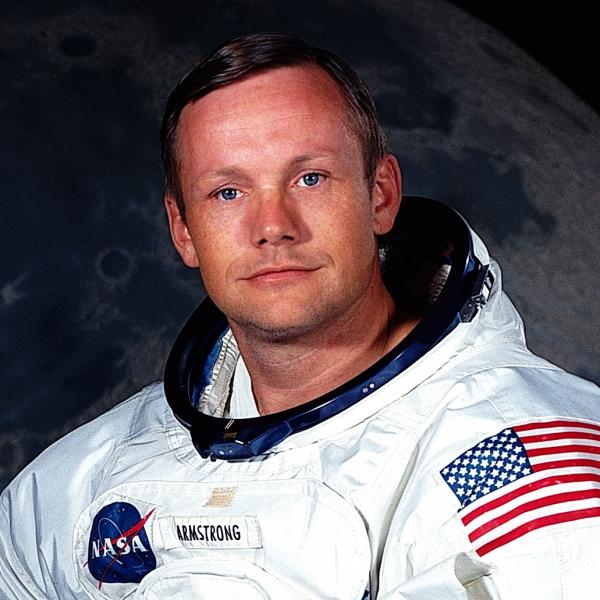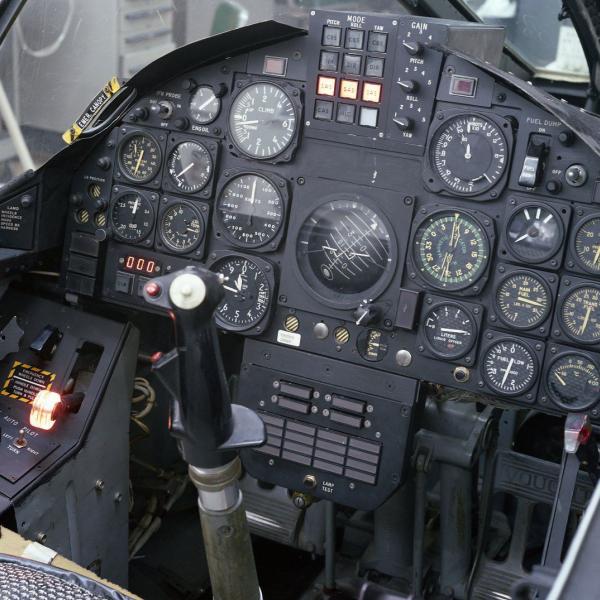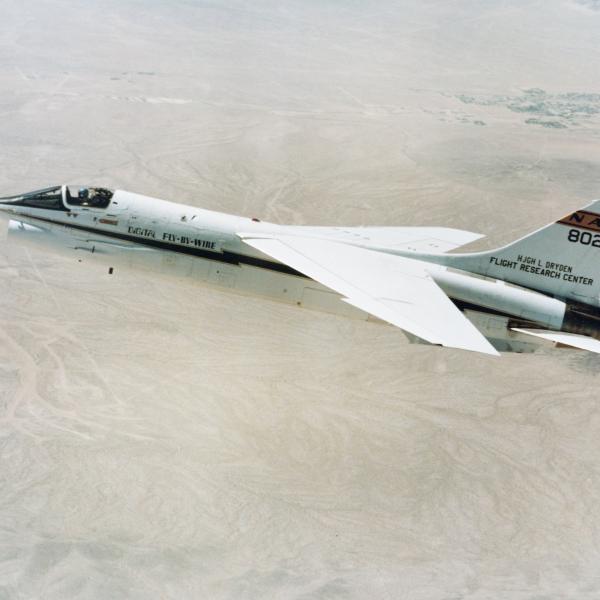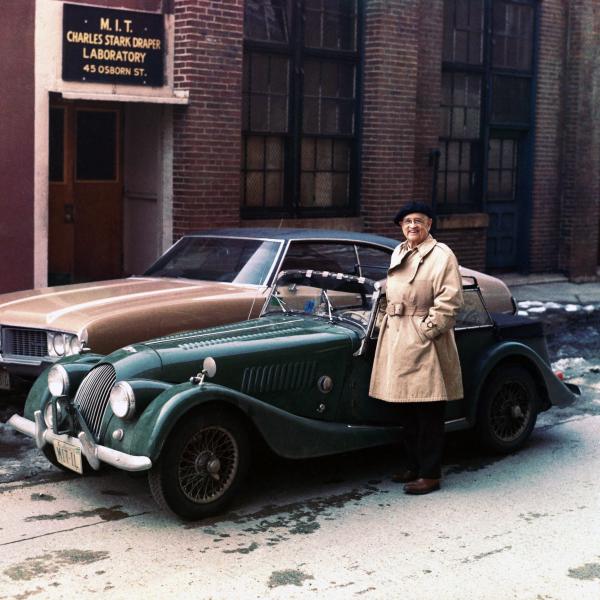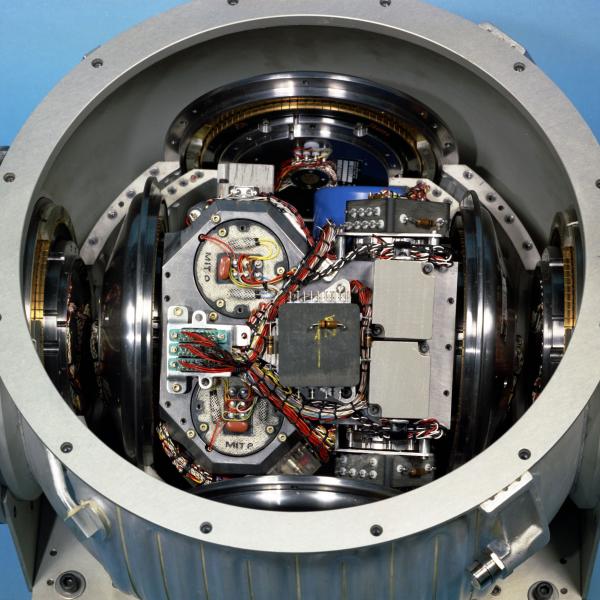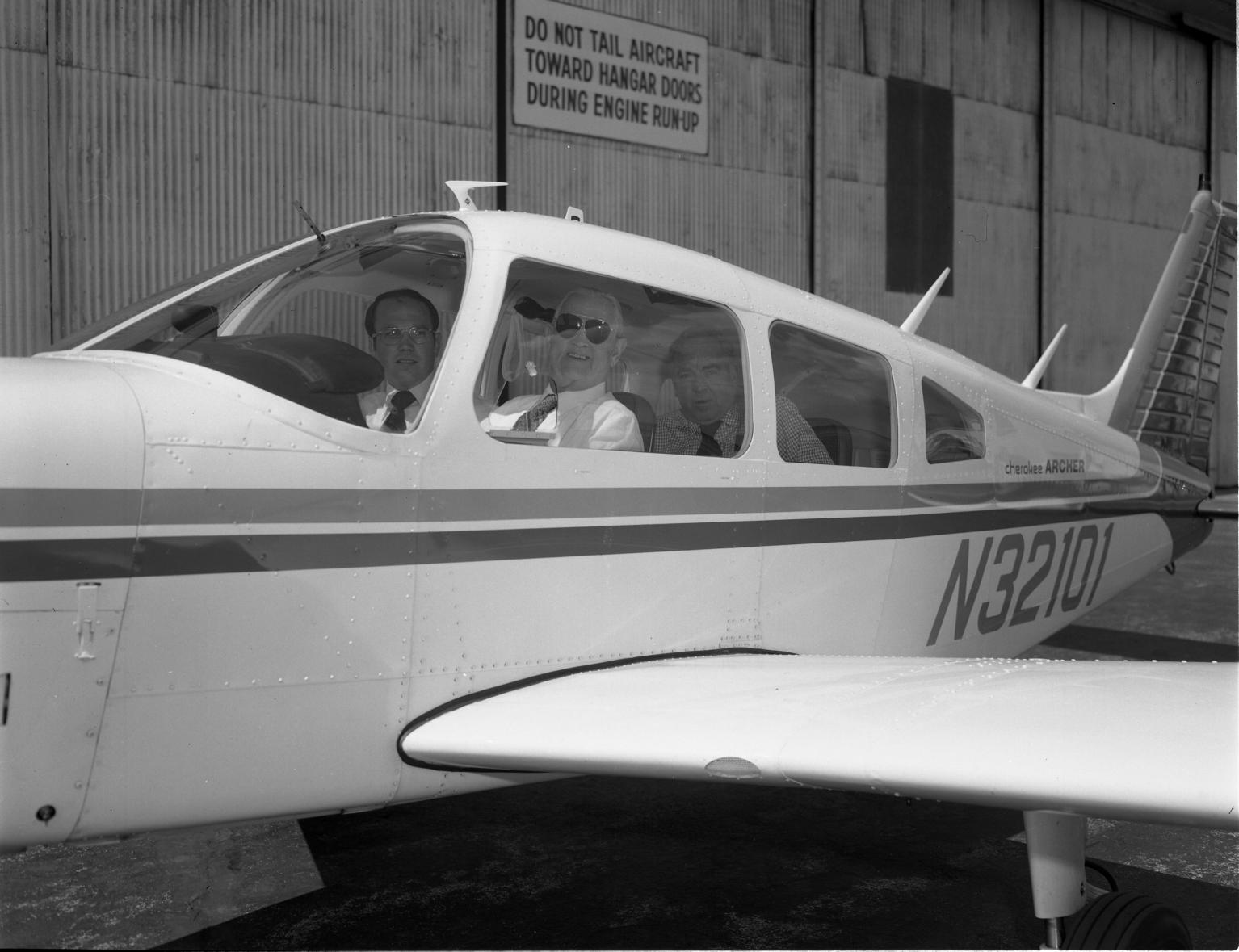
Draper’s SPIRE Project
An autonomous airplane paved the way for the Apollo missions.
NASA wouldn't make it to the moon for another decade, but in 1953, Doc Draper and his MIT Instrumentation Laboratory had already unlocked one of the biggest pieces of the Apollo missions puzzle with a side project commissioned by the U.S. Air Force: Build us a computer that can fly a plane without a pilot.
The United States was embroiled in the Cold War, which was just beginning to escalate, and experimentation was needed for military operations. The Air Force wanted to know if unmanned planes could be flown into territories that were dangerous or remote, and Draper went to work to develop an inertial navigation system. What would come to be known as SPIRE, for space inertial reference equipment, would ideally be a self-contained computer system that could survive rough weather patterns and not rely on any external sources to get the ship it lives in to where it needed to go. A similar operation was carried out during World War II with the Norden Bombsight sending signals to its bomber on the way to its target, but SPIRE would take things to the next level. "What was new or different between these two cases was the Norden bomb run control lasted for just a few minutes, where the Spire flight lasted for over eight hours," said MIT engineer Norm Sears. "This required inertial units that were magnitudes superior in performance accuracy beyond anything before, and represented a major advancement in making long range inertial guidance and navigation systems feasible."
The goal of the Air Force project was to get SPIRE into a B-29 bomber aircraft and navigate it, unmanned, more than 3,000 miles across the country. In the most basic of terms, the inertial systems developed for SPIRE used a computer, motion sensors and rotation sensors to calculate where the plane was positioned in relation to the Earth. This kind of a system would allow crews to create and program a flight path for a plane, ship or even a submarine and send it into unknown waters without casualties.
After running ground tests at Hanscom Air Force Base in Bedford, Mass., Charles Stark "Doc" Draper, head of Draper Laboratory, a pilot named Chip Collins, and a team of scientists boarded the B-29 bomber housing the 2,700-pound SPIRE system and took off for Los Angeles. Collins was the lead test pilot for the MIT Instrumentation Lab. Once Collins was able to get the aircraft on course, he turned over the controls to the SPIRE system. With its revolutionary inertial guidance technology, the plane flew itself all the way to Los Angeles. This is really one of first autonomous flight systems. The plane landed safely in Los Angeles, with the scientists on board taking pictures along the way to see if it stayed on course. (It did.)
The success of the SPIRE flight was a huge win for Draper, who worked throughout the 1950s on developing more projects for the U.S. military. Thanks to the data collected and tested through SPIRE, Draper would go on to develop the Primary Guidance, Navigation, and Control System (PGNCS) for the moon missions of the 1960s, eventually safely guiding the Apollo spacecraft to the first moon landing and back.
